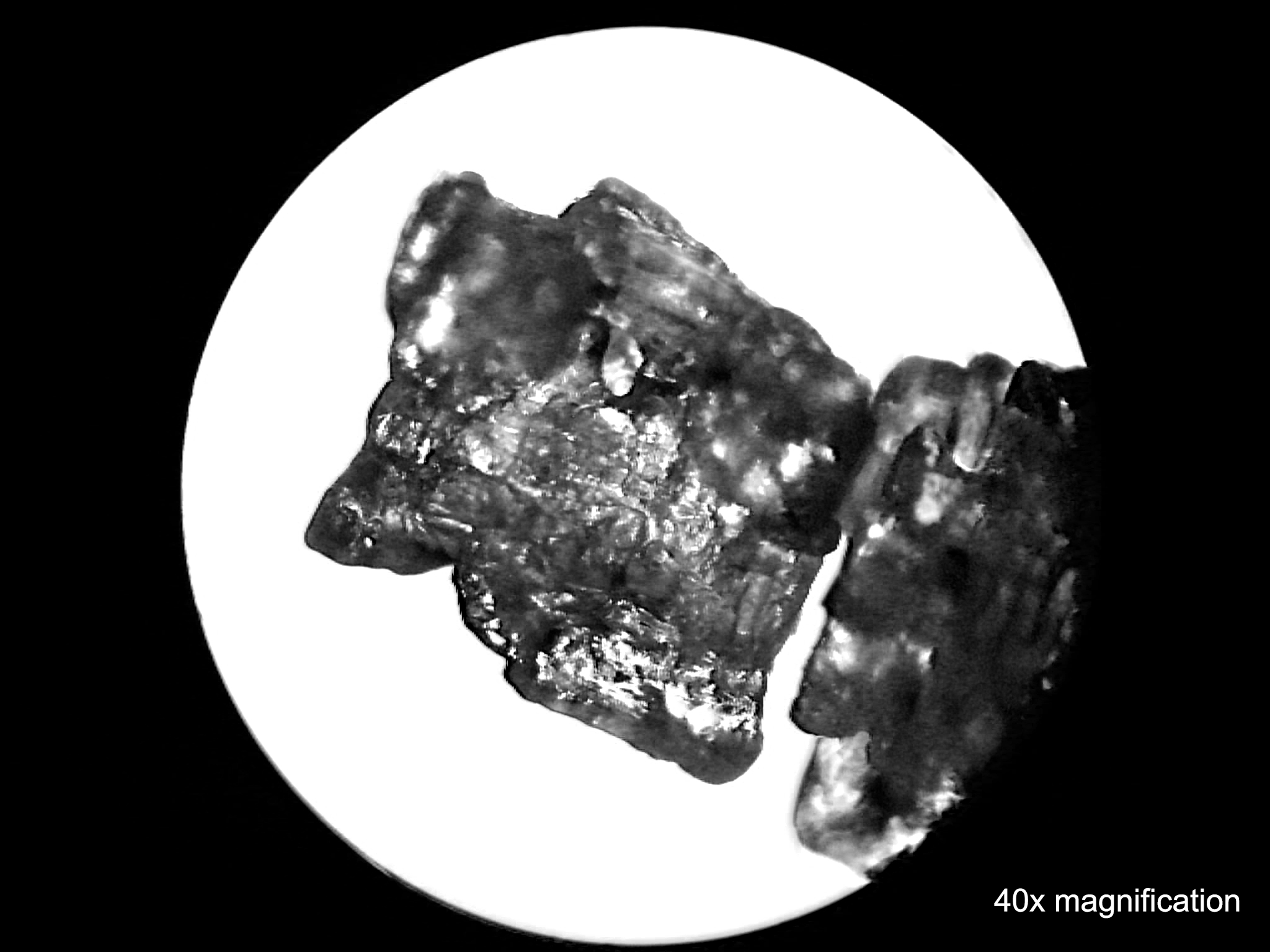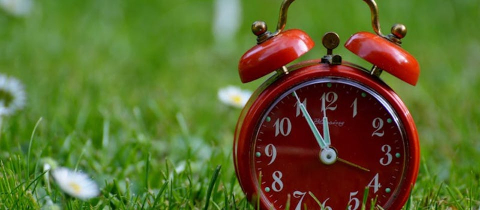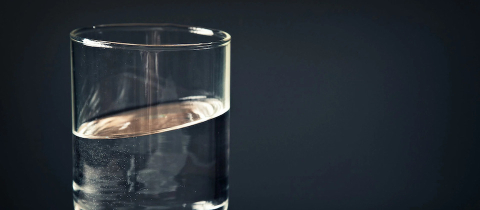


Photos 1 and 2 show sea salt, while photo 3 shows table salt.
While they may taste different to the discerning chef and their crystals may look different under the microscope, table salt and sea salt are both essentially just sodium chloride. While sea salt does contain some other minerals, like calcium chloride or potassium sulphate, it is still made up of 90% or more sodium chloride.
Both sodium and chloride ions have important functions. Sodium regulates blood pressure and plays a role in transmitting messages between nerves and muscles while chloride is a component of hydrochloric acid needed for digestion.
The job of maintaining the right concentration of minerals in the blood falls to the kidneys. If blood levels of sodium chloride rise from the ingestion of too much salt, the kidneys will excrete less water in order to dilute the blood and maintain the proper salt concentration. This, however, has the effect of increasing blood volume which can lead to increased blood pressure and swelling in tissues as water leaks out of the bloodstream.
Thirst often accompanies a large intake of salt because water will also be drawn out of cells to help maintain the right concentration of salt in the bloodstream. This is why eating salty foods can lead to both thirst and dehydration! And it makes no difference whether it is table, sea, iodized or Himalayan salt.
The current recommendation is that sodium intake be kept under 2300 mg a day (that is 6000 mg of sodium chloride or roughly one teaspoon) although there is some controversy about whether people with normal blood pressure have to restrict salt intake. Some studies have actually shown that people who consume less than 3000 mg of sodium per day are at greater risk for heart disease than people with an intake of 4000-5000 mg. Most of the salt in the diet comes from consuming processed foods rather than the salt shaker. A single slice of pizza can contain as much as 1000 mg of sodium.
Want to comment on this article? View it here on our Facebook page!







